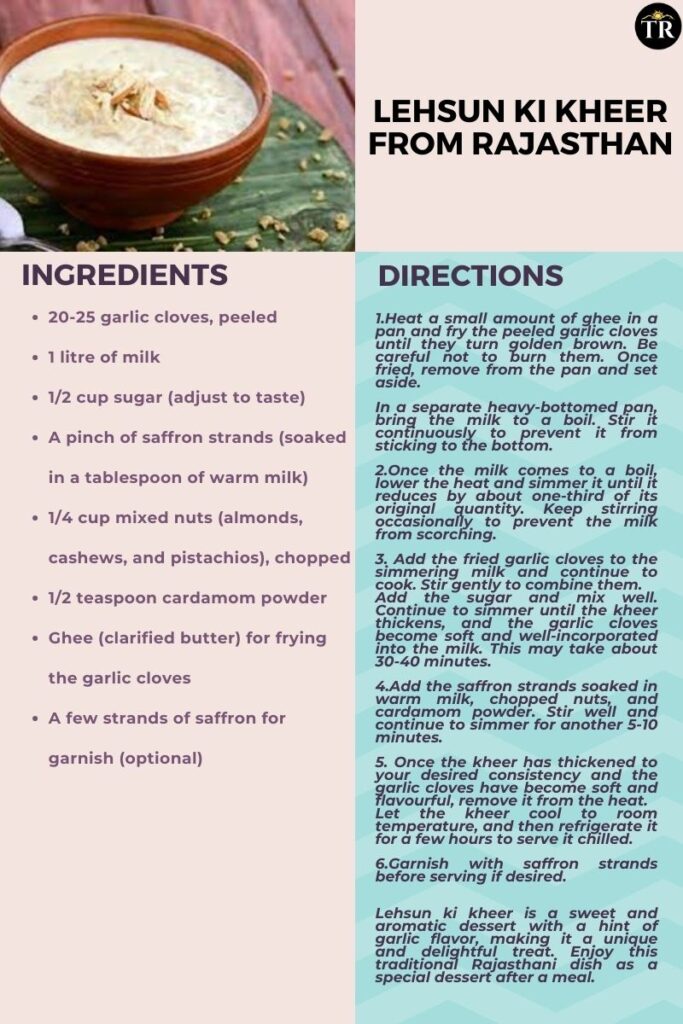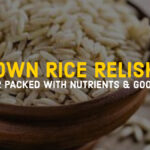Revival of the Roots
Introduction to the Classic Cooking of India
Welcome to Classic Indian Cooking! In this culinary journey, we will explore the essence of Indian cuisine in seven distinct facets. First, we’ll delve into the world of spices, discovering the aromatic wonders that underpin Indian flavours. Then, we’ll traverse the diverse regions of India, each offering unique tastes and specialities. Next, we’ll celebrate the richness of vegetarian cuisine, followed by an exploration of the art of tandoor cooking. Sweet indulgences are next on the menu as we explore the realm of Indian desserts. From street-side chaats to opulent thali meals, we’ll uncover the breadth of Indian dining experiences. Finally, we’ll witness the evolution of Indian cuisine in the modern world, where tradition meets innovation. Get ready to embark on a delightful and flavourful adventure through Classic Indian Cooking!
Why do we call them lost recipes?
“Lost recipes” are called so because they are traditional or historic recipes that have been forgotten or are no longer commonly prepared and passed down through generations. These recipes may have faded from use due to changes in culinary trends, cultural shifts, or a lack of documentation, leading to their designation as “lost”. Efforts are often made to rediscover and preserve these recipes to maintain culinary traditions and cultural heritage.
Why these recipes have been found left behind?
Recipes are often left behind due to changing tastes, lack of documentation, and cultural shifts. Sometimes, convenience foods and historical events play a role. Efforts are made to rediscover and preserve these lost recipes to honour culinary traditions and heritage.
11 recipes from the Lost category to be revived:
1. Parinde main Parinda from Uttar Pradesh
Parinde main parinda looks like this rich extravagant dish, which weighs down the table as you keep it. Quite a lot of work goes into the preparation of this dish. It is a rendition of the bigger roast, that was basically made with whole camel, stuffed with smaller animals, one inside the other, till the smallest cavity fills with a boiled egg. It is made with duck, chicken, quail and a boiled egg. Each bird was prepared and marinated separately and differently. The flavour of each is retained while they come out beautifully in culinary nirvana.
2. Shufta Kanaguchhi from Jammu and Kashmir
Here is a dish which has the exclusive and precious morel mushrooms as an ingredient. This dish is basically all dry fruits sweetened gracefully. Kashmiri Shufta is one of the few sweet dishes from Srinagar. This dish is paradise in a bowl. It is a thick concoction of cottage cheese, dry fruits, saffron, milk, desi ghee and morel mushrooms. This dish was the result of the invasion by Timur in 15th century that left a legacy of Kashmiri cuisine.
3. Phulkari Pulao from Punjab
Moving over the lubricant-laced hearty dishes, here’s a dish prepared from four different rice varieties. It’s called ‘Phulkari Pulao’, which is a mix of a variety of rice. This is refreshing since traditional pulao is increasingly giving way to biryani. Nice to know the hearty Punjab is varied too.
4. Jadoh a Dish from North-East India
Jadoh is a Khasi delicacy from Meghalaya, with rice as its basic ingredient. It’s got pork, rice, herbs and is richly garnished with cilantro. Served simmered and savoury! Jadoh is one of the recipes from Meghalaya which is on the verge of loss.
5. Tit-Koh from Tamil Nadu
This is a refreshing dish with freshness of coconut water, fish sauce and honey. It has the richness of pork and caramel. It is garnished and sprinkled with red chillies on top.
6. Chena Poda from Odisha
Here is a creamy rich dish made of ricotta cheese, sugar and brown sugar. With the crunch of roasted cashew nuts and raisins. Sometimes, jaggery was also used to make it. Cooked hot and served cold, fresh and slightly moist. Chena Poda originated in the town of Nayagarh in the first half of the twentieth century.
7. Kalmi Saag from West Bengal
Kalmi Saag is a leafy vegetable that is available mostly in summer. It is grown in the wetlands and this recipe has very cooling effects on the body. Very simple and basic to cook, with the only other vegetable to accompany being the onion.
8. Ratalachya Gharya from Maharashtra
This one is a traditional dish of the Maharashtrian food legacy. It looks like a stuffed paratha. It’s got sweet potato for stuffing and the highlight is that it’s served with spicy Mirchi cha thecha.
9. Saasni Machi from Gujarat
This dish is a conglomeration of Gujarati and Parsi Flavors. It’s basically a white, egg and rice flour-based sauce. Only white fish like pomfret is used to make this dish. It also contains some local seasonal vegetables which are hard to come by now.
10. Lehsun ki kheer from Rajasthan
Here is an exotic sweet dish with the goodness of khoya, milk, dry fruits and, wait for it, garlic! Yes. They had a kheer made out of garlic. Absolutely sumptuous and thick, served cold and in perfection with rich desi ghee for preparation.
11. Crab Curry from Bihar
Crab recipes are just as tricky and hard to come by as they are delicious. This rich and authentic recipe is, however, very simple to cook. Novel how a state that boasts of rich vegetarian dishes had a crab-based dish as its speciality once.
Also Try: Asian Wok Style Cooking
HOW CAN CURRENT TRENDS IN THE HOSPITALITY INDUSTRY GET THEM BACK INTO LIFE AND REALITY?
- Tech Integration: Use contactless tech, online booking, and digital menus.
- Safety: Maintain cleanliness and safety standards.
- Sustainability: Implement eco-friendly practices.
- Flexibility: Offer flexible booking and cancellation.
- Personalization: Use data for tailored experiences.
- Diversify: Explore new revenue sources.
- Food Innovation: Offer healthier options and unique dining.
- Experiences: Create memorable guest experiences.
- Marketing: Invest in online presence and safety messaging.
- Staff Well-being: Train and support staff.
- Community: Partner with locals.
- Adapt: Stay flexible and innovate as needed
Here are a few recipes from my favourite list which should be revived and made popular in the menus all across for the food connoisseurs:
Recipe-1] Lehsun ki Kheer from Rajasthan

Recipe-2] Crab Curry from Bihar

Recipe-3] Chenna Poda from Odisha

CONCLUSION
In conclusion, the revival of “The Lost Recipes of India” is a vital effort to preserve the rich culinary heritage of the country. It connects generations, showcases cultural diversity, and offers unique insights into history and tradition. This culinary journey not only enriches our palates but also fosters a deeper appreciation of India’s cultural identity and the global influence of its cuisine.
Disclaimer: The views expressed in this article are of the author solely. TheRise.co.in neither endorses nor is responsible for them. Reproducing this content without permission is prohibited.
About the author
Dr. Kaviraj Khialani, celebrity master chef is a Mumbai based food and hospitality consultant. He is specialised in over 33 plus international cuisines & is a two times national award winner for his excellence in his field of expertise. Chef Kaviraj has worked with some of the reputed hotel chains & airline companies in India & Overseas. He is a renowned academician, food designer & author- writer on food and culinary features, besides having been featured on Colors Television & Star plus he loves trying global fusion cooking promoting Indian food on an international platter for the diaspora.











































































































Pingback: STUFFED SHIMLA MIRCH DELIGHTS - TheRise.co.in
Pingback: Flavours of Madhya Pradesh - TheRise.co.in